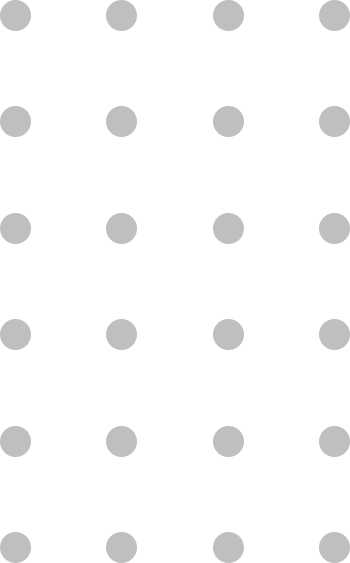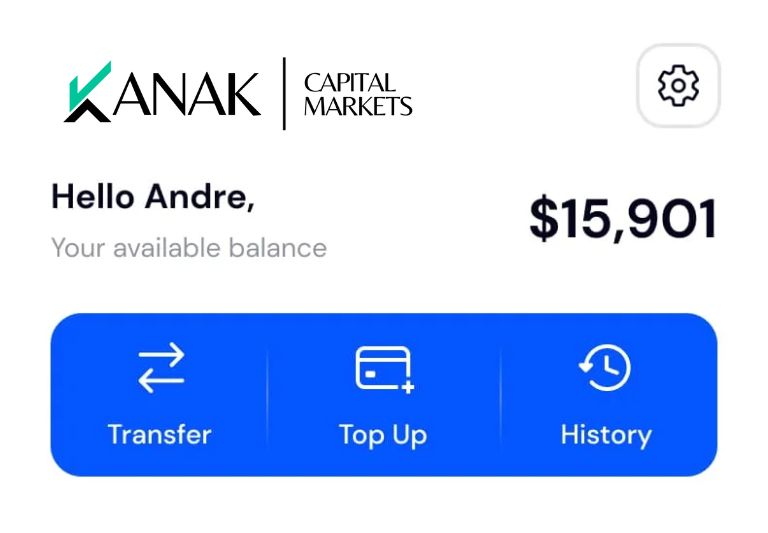WHAT WE DO
Commodity Trading
Explore the Exciting World of Commodity Trading with Our Expertise and Guidance
- Hedge against inflation
- Diverse asset classes
- Intrinsic value
- International liquidity
Commodity trading involves the buying and selling of physical goods, such as agricultural products, energy resources, or metals, on financial markets, with prices determined by supply and demand dynamics.



ACHIEVE MORE
Benefits of Commodity Trading?
Diversification
By including commodities in your portfolio, you can spread risk and potentially enhance overall performance.
Global Demand
Commodity markets highly responsive to real-world events, creating opportunities for traders to profit from these fluctuations.
Inflation Hedge
Commodities, especially precious metals like gold and silver, historically serve as effective hedges against inflation.
Speculative Potential
Commodity markets offer speculative trading opportunities for those looking to profit from short-term price movements.


WHAT IS IT
What is Commodity Trading?
Commodity trading involves buying, selling, or exchanging raw materials or primary agricultural products, often standardized and interchangeable with other goods of the same type.
These commodities include items like metals, energy resources, agricultural produce, and more. Traders speculate on price movements, seeking to profit from fluctuations in supply and demand, influenced by various factors like weather, geopolitical events, and economic conditions. Commodity markets can be physical, where goods are physically delivered, or financial, involving contracts that settle with cash. It’s a vital part of global trade, aiding producers, consumers, and investors in managing risk and price discovery.
HOW IT WORKS
How Does CFD Trading Work?
CFD trading does not possess the purchase or sale of the underlying investments (for example a physical share, currency pair, or commodity). You buy or sell a specific amount of units based on whether you believe prices will rise or fall.
CFDs are available on a broad number of worldwide markets, and Kanak Capital Markets CFD instruments include many options & opportunities for you to trade in.
Your profit is multiplied by the number of CFD units you bought or sold for every point the price of the instrument changes in your favor. You will lose one point for each point the price goes against you.
How to Trade CFDs?
A stock trading plan helps you to understand what caused past success and failure in order to better predict future outcomes. The three key factors that must be included are:
- Select the instrument you want to exchange.
CFDs can be traded on hundreds of instruments, including currencies, indices, commodities, stocks, and treasury. - Decide if you like to sell or buy.
Depending on whether you predict prices to climb or decrease, go long (buy a trade) or short (sell a trade). - Select your trade size.
The number of points the market moves in your favor or against you multiplied by the number of CFD units you have selected to trade determines your profit or loss. - Make your trade.
Manage your risk by including any stop-loss or confirmed stop-loss orders before finalizing your deal. - Keep track of your position.
From the position screen, you may track your CFD trade. You can exit if you want or partly shut a position at any moment.
Investments
Subscribers
Years of Trusted Service
TESTIMONIALS
What people say about us

Kanak Capital Markets has helped me significantly grow my portfolio. I trust their expertise for my investments
Mike Taylor

Exceptional service at Kanak Capital Markets! I’ve earned over $10,000 in profit since joining. Highly recommend to fellow investors.
Chris Harsh

With a decade of expertise, Kanak Capital Markets consistently delivers results. Proud to be part of their 100% satisfied user base.